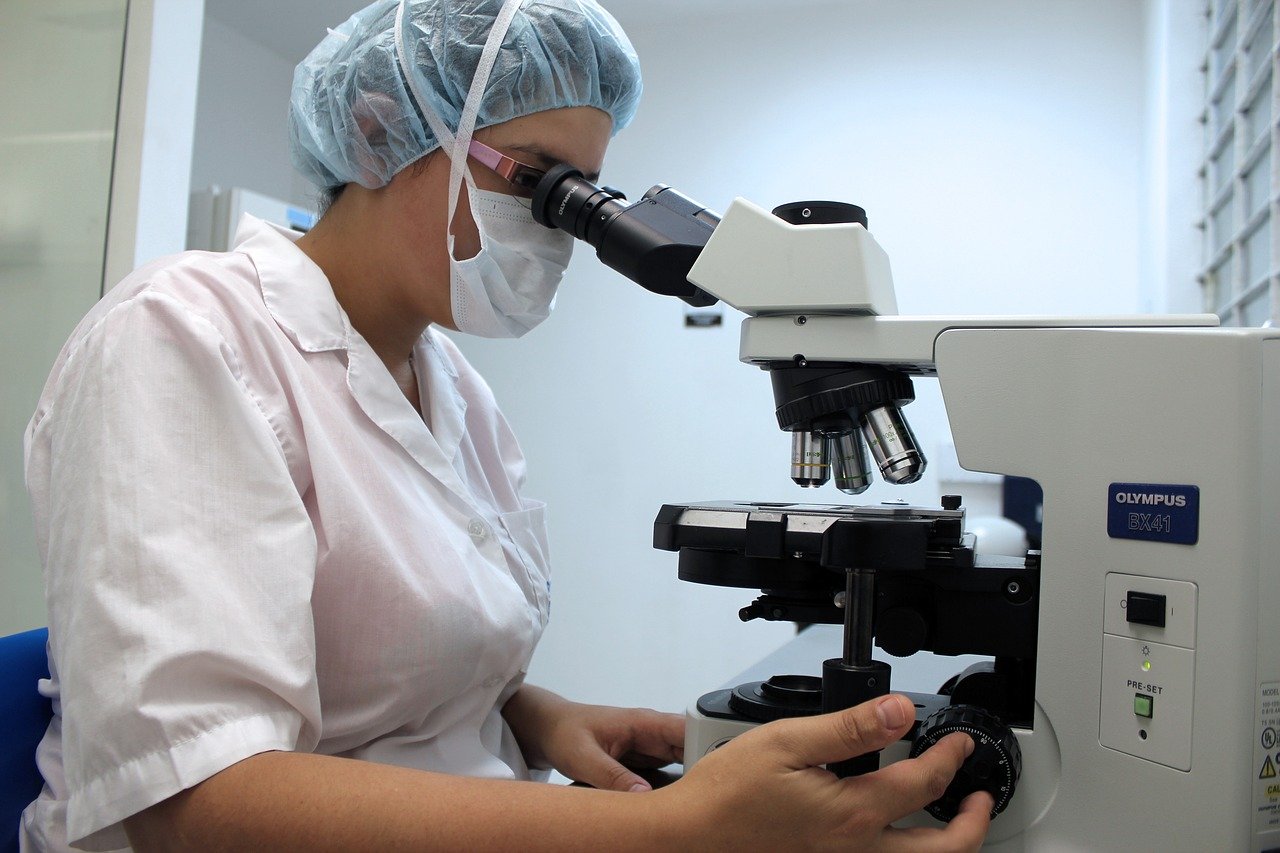
Bioscientists at the École polytechnique fédérale de Lausanne in Switzerland have developed a computer algorithm that can convert gene sequences into a spatial pattern without the need for a microscope. The algorithm is called Tomographer. This is a term borrowed from tomography which refers to the representation of a cross-section of a three-dimensional object.
Tomographer
With this new technique, the tissue is first cut along the specified axis into consecutive cross-sections. Each of which is then divided into slices of tissue at varying angles. Cells from the slices are then separated to collect their total messenger ribonucleic acid (mRNA). Each mRNA corresponds to a gene that was active in the cell. The measurements from the slices are used as input in the algorithm, the Tomographer. This then reconstructs spatial gene expression patterns inside the tissue.
Gene Expression
Gene expression refers to the expression of a gene when it is converted from DNA to RNA and subsequently translated into an amino acid sequence from which a protein is produced.
The usual way to map genes in tissues is the technique of in situ hybridization. This involves marking (“hybridizing”) a target gene with a fluorescent marker in the tissue where it is located. The sections (slices of tissue on a microscope slide) are then visualized under a specialized microscope to see where the gene lights up, so to speak.
Spatial map
Consecutive images of each section are merged to generate a “spatial” map of the gene’s location within the tissue. The problem with methods that use in situ hybridization is that they necessitate specialized equipment. With the advent of the Tomographer, that should be a thing of the past.
With Tomographer, specialized equipment is no longer needed for gene sequence mapping.
Information about genes has advanced rapidly in recent decades. The more information about gene sequence that is obtained, the larger the databases of cell types become, both in size and complexity. There is a need to understand where various cell types are located in the body, and to map their gene expression patterns to specific areas in tissues and organs. For example, a gene may be actively expressed in one cell, while it is suppressed in another.
The study was published in Nature Biotechnology, a scientific journal from the family of Nature.
You can also read about a breakthrough in the optical imaging of tissue here.







